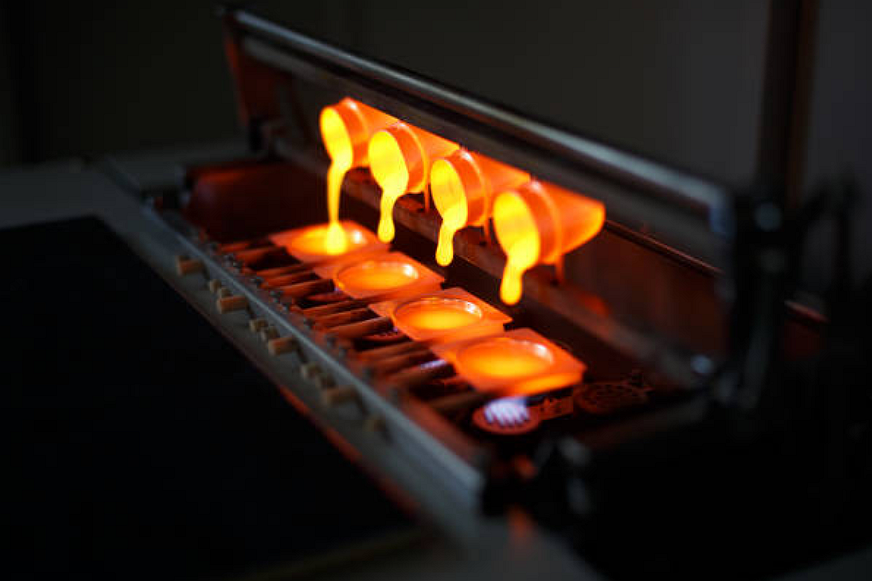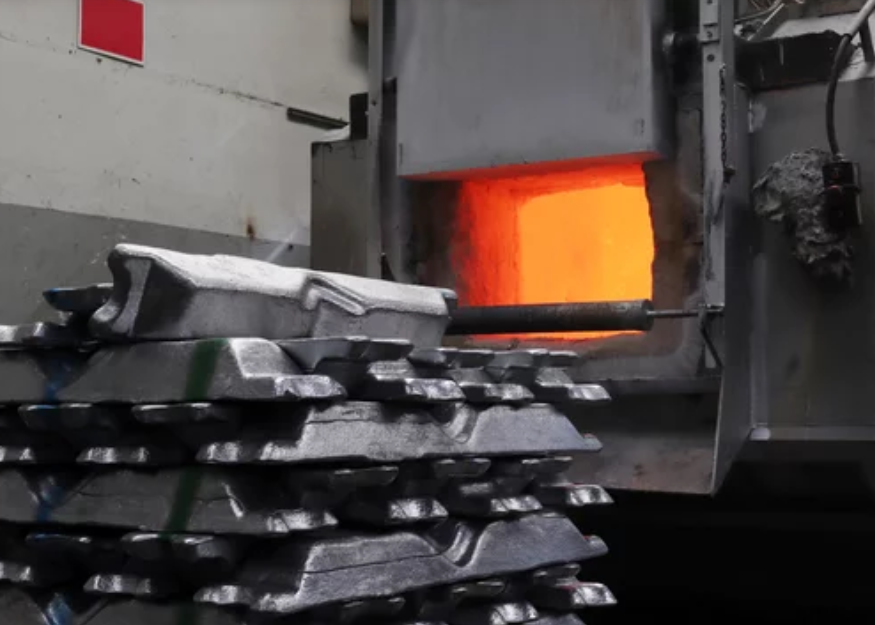What innovations are improving the sustainability of investment casting?
Introduction
Modern investment casting has evolved far beyond traditional foundry practices. With global industries prioritizing lower emissions, resource efficiency, and cleaner production, investment casting is being redefined through technological and material innovations. These advancements not only reduce environmental impact but also enhance production yield, energy efficiency, and product performance across demanding sectors such as aerospace, energy, and medical devices.
Additive Manufacturing Integration
The integration of 3D printing prototyping is among the most transformative developments in sustainable casting. Additive techniques enable the direct fabrication of wax or resin patterns with minimal waste, thereby eliminating the need for traditional metal tooling. This digital approach shortens development cycles, reduces material consumption, and improves pattern precision. Complex components—such as those produced in nickel-based alloys and cast titanium—can now be manufactured more efficiently, with fewer process steps and lower energy demand.
Recyclable and Eco-Friendly Shell Materials
Innovations in ceramic shell formulations are dramatically improving sustainability. New fine-grain ceramic injection molding materials and fused-silica slurries allow thinner, stronger shells that require less firing energy. Many modern shell systems are partially recyclable, allowing reclaimed slurry to be reintroduced into the production process. This reduces waste generation and resource extraction, aligning with the goals of circular manufacturing.
Energy-Efficient Furnace and Melting Systems
Advancements in induction and vacuum furnace technology have reduced the energy intensity of metal melting and casting. Intelligent thermal controls and real-time temperature monitoring ensure consistent heating profiles for alloys such as cast stainless steel and copper alloy. By minimizing overheating and optimizing pour temperature, these systems lower total power consumption and extend equipment life—key factors in sustainable foundry operations.
Sustainable Surface Finishing Technologies
Traditional surface finishing often involved chemical-heavy processes, but new eco-friendly alternatives are gaining prominence. Techniques such as electropolishing and anodizing provide high-quality finishes while minimizing chemical waste. Additionally, PVD coating and powder coating provide durable protective layers with low VOC emissions, eliminating the need for solvent-based paints or plating baths.
Closed-Loop Wax and Alloy Recycling
One of the most direct sustainability improvements comes from reclaiming materials within the foundry. Modern wax reclamation systems enable nearly total recovery of unused wax from injection and gating operations. Similarly, leftover metals from the production of carbon steel and aluminum alloys are remelted and reintroduced into the process. These closed-loop systems conserve raw materials and reduce both costs and environmental footprints.
Data-Driven Process Optimization
Digitalization is central to sustainable progress in investment casting. Through AI-driven process control, real-time monitoring, and predictive analytics, manufacturers can reduce defects, energy consumption, and rework rates. Combined with non-destructive testing and CNC machining, these systems ensure consistency while minimizing waste and unnecessary resource usage.
Lifecycle Design and Material Innovation
New alloy formulations, optimized for recyclability and extended fatigue life, are redefining casting sustainability. Materials engineered for energy and automotive applications now emphasize durability and reduced density, lowering lifetime emissions. When combined with digital design optimization, these innovations deliver high strength with minimal material volume, completing the sustainability cycle from concept to end use.



